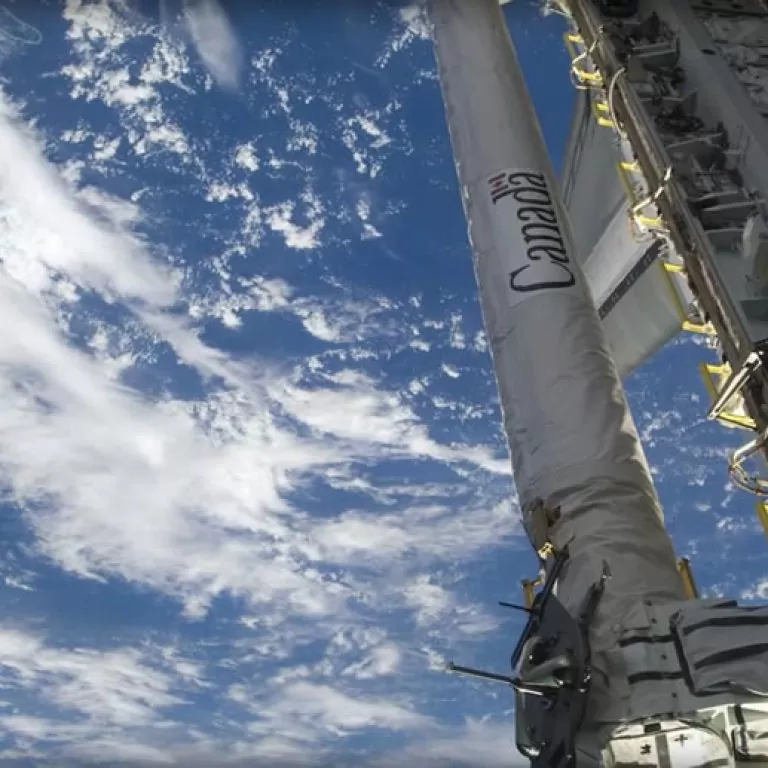
News Time-lapses with a difference
Time-lapse videos have their purposes. And this leads to set conventions.
The majority of edits produced – both by professionals and by amateurs – involve setting up a camera in a set position, to capture images at regular intervals for a pre-determined amount of time.
For big construction projects and live events, this is not only sufficient but incredibly beneficial. Leaving a camera secured in one location, running automatically but with remote control creates a smooth narrative from start to finish.
Having the same reference points throughout the build or activity means it is easy to follow, does not become difficult to watch and emphasises changes that are being made. After all, two-year+ projects generally show great visual change.
Certain movements (whether physical or digital) – such as in this edit we produced for Molson Coors – can enhance the narrative, but on the whole a fixed position is most popular.
But more recently videos are emerging that are breaking that mould. Short-term time-lapses allow for a little more freedom of moment.
A great example of this was created by Google and the University of Washington, released just a matter of days ago.
By “mining” images of famous landmarks from across the Internet, they created one of the most inventive time-lapses to have graced the World Wide Web. 86 million photos were collated and then warped to appear as being taken from the same view point, before going through a series of post-production stages to create diverse time-lapses of landmarks across the world:
“Man’s best friend” – a phrase that has its origins in and is synonymous with the domesticated dog. When Dave Meinert rescued Pegasus, he was told she would live a shortened life, and could potentially go deaf and blind. So, to document whatever time she might have, Meinert put together this clever time-lapse of her growth and their relationship.
The camera remains fixed, but rather than stitching together frames of Pegasus standing still (and anyone who has owned a dog, let alone a puppy, will know how difficult it is to keep them stationary), he captured her walking on a treadmill. The results speak for themselves: